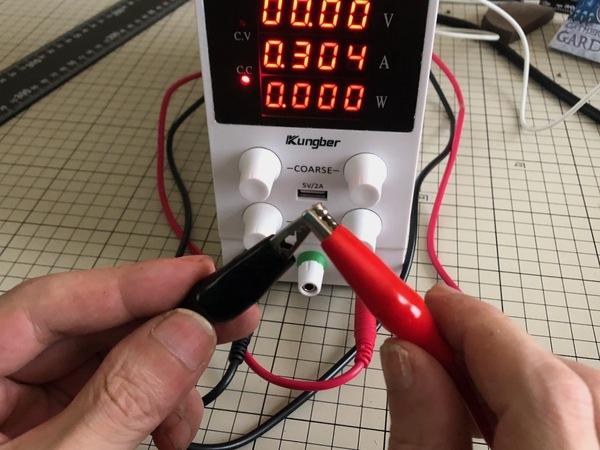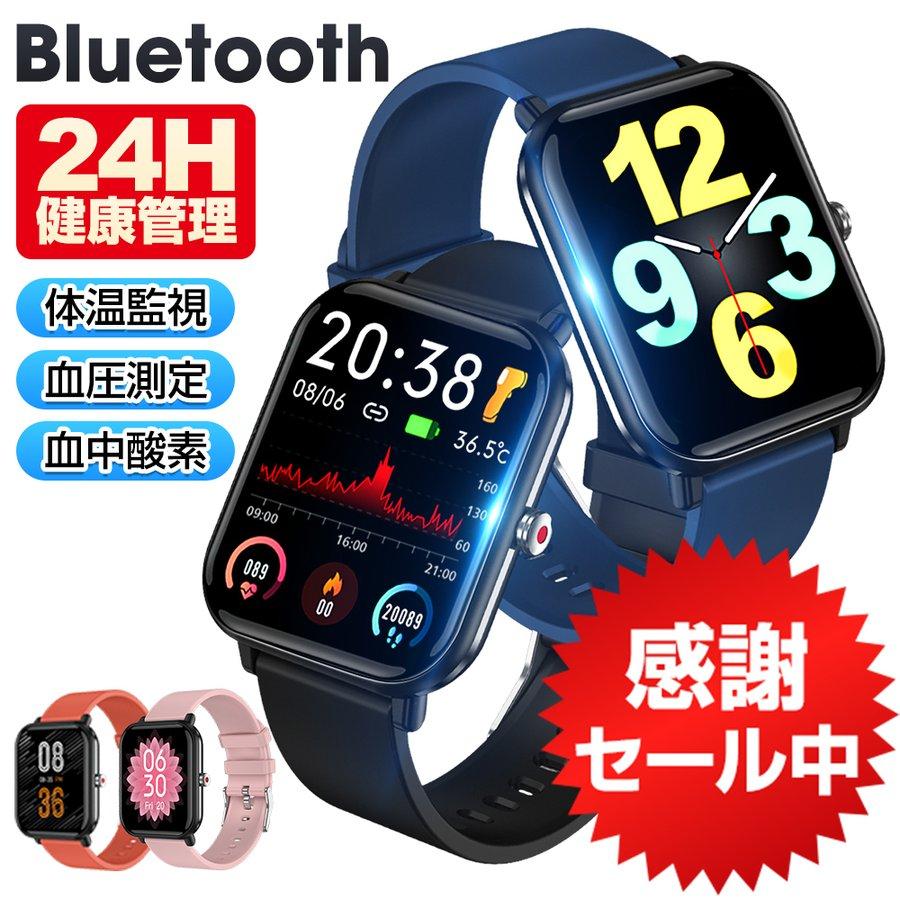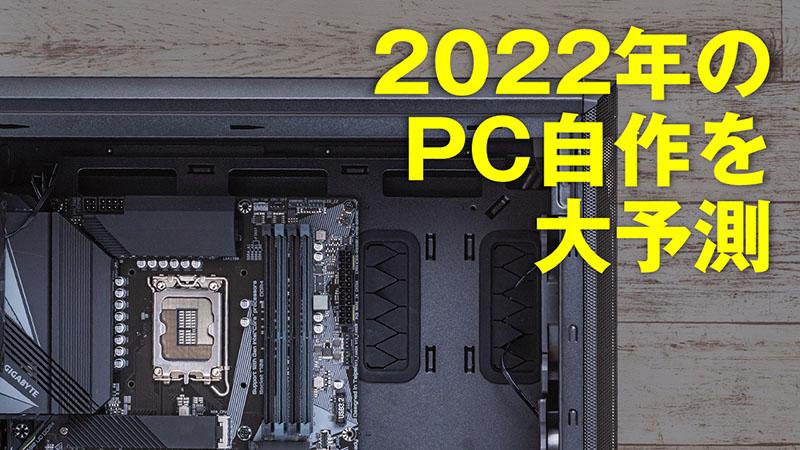It is very convenient to have one "DC stabilized power supply"
I bought a regulated DC power supply
Have you ever heard of a "regulated DC power supply"? As the name suggests, it is a power supply that outputs stable direct current (laughs). It is a device that is rarely seen in ordinary homes or home appliance shops, but it is very convenient to have it in this day and age.
For example, have you ever felt uneasy about something like this?
I bought a mobile battery for my smartphone, but somehow it feels like it doesn't have enough capacity. Something is wrong with the portable device I just bought. Rechargeable batteries are running out quickly. There are so many different AC adapters out there that I can't find the one I need...
Especially recently, mobile devices, batteries, and rechargeable batteries are being sold at 100-yen shops. However, I often feel that I don't know the specs.
A regulated DC power supply is useful in such cases.
Until a while ago, it was used by professionals such as developers and designers, and stabilized power supplies cost tens of thousands of yen. However, the price has become much cheaper now, and the "Kungber 30V10A" I purchased on Amazon was 6888 yen (discount coupon applied, tax included). The price is enough to make me regret that I should have bought it sooner.
What you can do with a regulated DC power supply
I will list what you can do.
1) You can output any voltage you like (the model I purchased ranges from 0.00V to 30.00V). 2) The output is stable (less noise from the power supply that affects various things). 3) Current and power consumption are displayed in real time when connected to other devices. 4) Since the upper limit of the current can be set, the circuit will not be damaged in case of emergency.
Starting with the PC itself, most of the peripherals and battery-powered products use DC as the power supply. For products that plug into an outlet, the 100V for household use is sometimes converted to DC current internally by an AC adapter.
Next, I will list 5 specific cases where a regulated DC power supply is useful.
You can distinguish whether the cause of the malfunction is the battery or the device
○The AC adapter cannot be found and the device cannot be used. Cannot charge. (Case 1) In such a case, set the output of the DC stabilized power supply to the voltage written on the adapter insertion part of the device. If you have a universal adapter, use it. Until I get a new AC adapter, I'm going to use a regulated DC power supply.

○The device does not turn on. Bad mood.
■ For products with an AC adapter (Case 2) I am trying the method of Case 1 without using an AC adapter. If it works properly, I suspect that the AC adapter is faulty. Until I get a new AC adapter, I will use a regulated DC power supply instead of the AC adapter.
■For products that are used by plugging into an outlet (Case 3) With the AC plug not inserted into the outlet, connect a regulated DC power supply to the output part of the power supply board inside the device and try to turn it on. In most cases, the output voltage is printed on the board inside the device, such as 6V out, 12V out (for the power supply section), 6V in, 12V in (for the main board).
If it works, the device's power circuit is faulty. If it doesn't work, there is a high possibility that the main board is broken. Decide whether to send it in for repair or throw it away. However, opening the device case may void the free warranty. The above is only a workaround for when you want to use the device in a hurry or when you use it as an emergency, even if it is out of warranty.
■ For products that operate on dry batteries (button batteries) (Case 4) Connect a stabilized power supply to the battery insertion part without batteries, and set the specified voltage * I will call If it works, dry cell batteries and button batteries have reached the end of their life, and if they are rechargeable batteries, they need to be recharged or deteriorated (the life of the rechargeable battery).
*The specified voltage is 1.5V per AA-AAA battery. If the batteries are used in series, it is 1.5V x number. In the case of parallel connection, the voltage is determined by the connection. For button batteries, the output voltage is stamped on the battery
◯ Used as a power supply for laptops, smartphones, peripheral devices, and as a charger (Case 5) Many recent stabilized power supplies are equipped with a USB output. The Kungber 30V10A I purchased has one 5V/2A USB output terminal, which can be used as a charger or power supply. If you are going to buy one, it is convenient to choose the type with a USB port.
Many recent stabilized power supplies have USB ports.
Why a stabilized power supply is more convenient than an AC adapter or batteries
There are two reasons why we recommend a stabilized power supply. One is that it is hard to get an electric shock. In all cases above, test the suspected device with the AC plug unplugged and the battery removed. Most PC peripherals operate on 5-12V. Even if your fingertip touches a circuit or terminal of a regulated power supply, you will not receive an electric shock**.
**The "voltage that can be touched by a person" (the voltage that does not cause an electric shock) defined by the Japan Electric Association is 25V when the skin is wet, and normally 50V
Another advantage is that many of the regulated power supplies can be used even if the output terminal is shorted (+ and - are shorted). This is because regulated power supplies are designed with the assumption that they will short (if the circuit of the device is shorted) or short (if the current flowing through the device is set in advance). It is very unlikely that the device under test will smoke or fail if you do not connect it to the wrong place at an unregulated voltage or current.
It will not break even if it is shorted (if the current is set high, a slight spark may fly)
It is also recommended for people who do not build their own PCs or do DIY
For example, measure the voltage of the battery with a tester, which is a must-have for DIY, and think, "I have the correct voltage." Also, it is called the "open-circuit voltage", the voltage in the unloaded state. In some cases, the AC adapter is broken or the battery capacity is insufficient, and even though the "open circuit voltage" is sufficient, the current required by the device is insufficient when connected.
If you use a stabilized power supply, just by connecting it to the metal fittings of the battery case or the DC in terminal, you will not only be able to see the voltage, current, and power consumption during standby and on in real time, but it will also supply electricity to your equipment. It's a great thing that you can do.
The method introduced above can be done easily without much risk as long as you keep the voltage and current at the specified values, and do not confuse the points of connection and the plus and minus.
If you want to use it a little more professionally, it is also possible to measure the time to fully charge the rechargeable battery while looking at the inflow current, or to check the battery capacity (○○mAh) (however, I do not have some knowledge and there is a risk of overcharging, so be careful).
On a daily basis, there must be many people who are wondering if they can use this device or rechargeable battery, or if they should throw it away. DC stabilized power supplies have become smaller and more affordable. If you're interested, it might come in handy to have one.








